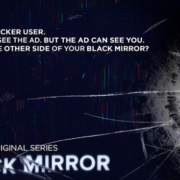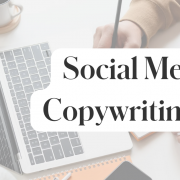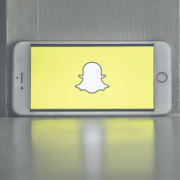(In)Authentic Marketing in the Age of the Influencer
Casey Neistat is a YouTube influencer and vlog pioneer. With cinematic shots and clear narrative lines, his high-quality daily vlog has been a breath of fresh air in a genre filled with shaky selfie-like shots. Moreover, Neistat has built himself a loyal audience from the ground-up; one that follows his recommendations devotedly and takes his word on different products as the undying truth.
Digital influencers like Casey are the ticket in for successful marketing campaigns. In fact, MuseFind revealed that 92 percent of consumers trust an influencer more than a celebrity endorsement or traditional advertisement. With that, companies are doing everything they can to foster these unicorn relationships as a way to build loyalty with consumers.
Earlier this year, Samsung recruited Neistat to be the face of their “Do What You Can’t” campaign, to position the Galaxy S8 as the device to have in today’s creator-driven landscape. The campaign celebrates everyday people who use social media and new technology to shape their careers.
Samsung’s choice to solicit an influencer was understandable; however, how valuable a choice was it? Historically, Neistat is a loyal and vocal fan of Apple – a major rival to Samsung with a reputation for innovation.
Neistat’s following responded to the Samsung partnership negatively, saying it wasn’t the authentic story. Perhaps Samsung made a bet that the benefits of Neistat’s endorsement and the exposure would outweigh the questions the partnership begs. But evidence of that can’t be found in the comments of Neistat’s video.

Unnatural brand and influencer partnerships can tarnish an image. Comments from Samsung’s Oscar ad are pretty mixed, but the animosity towards Neistat for working with Samsung centers on him “becoming a sellout”. As Neistat once said, “The key to cool is that you shouldn’t have to tell someone you’re cool.” Seems like Samsung wasn’t listening. That said, the entertainment industry is changing, and the line between marketing and entertainment is blurring. Many influencers have started launching their own brands using platforms like YouTube, allowing them to control their own image and ensure everything they endorse remains authentic.
Jeffree Star is one example of this kind of self-made influencer. Originally a makeup artist, Star began his climb to top-tier influencer as a Myspace musician and makeup/beauty vlogger. A few years ago, he launched an eponymous cosmetics line.


Star also uses his products to secure trust and strengthen his brand’s image.


And that feedback loop has led to immense commercial success for Star, who now employs over 100 people. Star almost never partners with anyone; however, when he does, it’s either his best friend or a brand he truly believes in, allowing him to ensure his image and messaging are consistent. As Samsung proved with Casey Neistat, all of this matters when fans are loyal to their influencers and can recognize an inauthentic partnership.
When brands and influencers partner, both need to make sure their actions and essence align. Audiences can smell inauthenticity a mile away, and you can bet they’ll have something to say about it.






